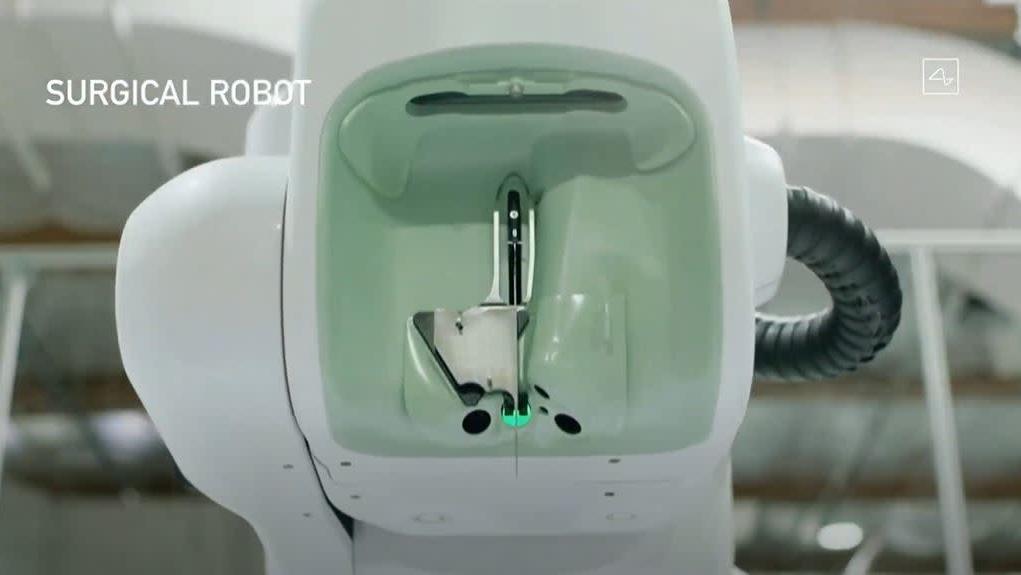On Friday, Elon Musk demonstrated the tech behind his brain-computer interface startup, Neuralink, in a livestreamed demo that involved significantly more pigs than anyone expected.
And they didn’t seem particularly interested in whatever the Tesla and SpaceX CEO had to show. When one piggy — Gertrude — was finally corralled into view after a few minutes hiding behind a curtain, a wireless link from the Neuralink device implanted in her skull relayed her brain activity in real-time to a nearby screen as she snuffled around a pen onstage.
“It’s like a Fitbit in your skull with tiny wires,” Musk said of the coin-sized device. Here’s how it works: A chip is embedded into a small hole drilled into the skull, and it picks up signals from brain activity using 1,024 thread-like electrodes, each thinner than a human hair. That chip then transmits the data via Bluetooth to outside devices within a range of about 16-32 feet (5-10 meters).
[referenced id=”1293969″ url=”https://gizmodo.com.au/2020/08/what-to-know-about-neuralink-elon-musks-brain-computer-interface-project/” thumb=”https://gizmodo.com.au/wp-content/uploads/2020/08/25/bibf9vam9t0cbndwmfhs-300×169.jpg” title=”What to Know About Neuralink, Elon Musk’s Brain-Computer Interface Project” excerpt=”Elon Musk is set to make an announcement about Neuralink, a company designing brain-computer interface technology, on Friday, August 28. It sounds like science fiction, but research in this area has progressed rapidly in recent years, though we’re still far from being able to send emails with our minds. Unlike…”]
Musk’s team also showed off a piggy that had two Neuralink implants, as well as one that had a device implanted and later removed. All the pigs seemed to be unfazed by the process. The sewing machine-like robot responsible for implanting these ultra-thin threads, first mentioned during a Neuralink presentation Musk made in 2019, also made an appearance during the livestream.

Since announcing the project in 2017, Musk has floated a host of uses for Neuralink that sound straight out of science fiction. In medical settings, Neuralink’s brain-machine interfaces could be implemented to treat disorders such as Parkinson’s disease, epilepsy, and depression, or used in conjunction with advanced assistive devices such as to control artificial limbs. Down the line, Musk has also pitched Neuralink as a way to boost our puny brains and “achieve a sort of symbiosis with artificial intelligence,” to prevent an AI apocalypse.
On Friday, Musk announced that the U.S. Food and Drug Administration had granted Neuralink status as a “breakthrough device” in July, a designation that expedites its review process and puts it on track for the agency’s approval as a medical device. The first human trials will aim to help people who’ve lost the ability to move after spinal cord injuries, Musk said.
“If you can sense what people want to do with their limbs, you can do a second implant where the spinal injury occurred and create a neural shunt,” he said. “I’m confident in the long term it’ll be possible to restore somebody’s full-body motion.”
